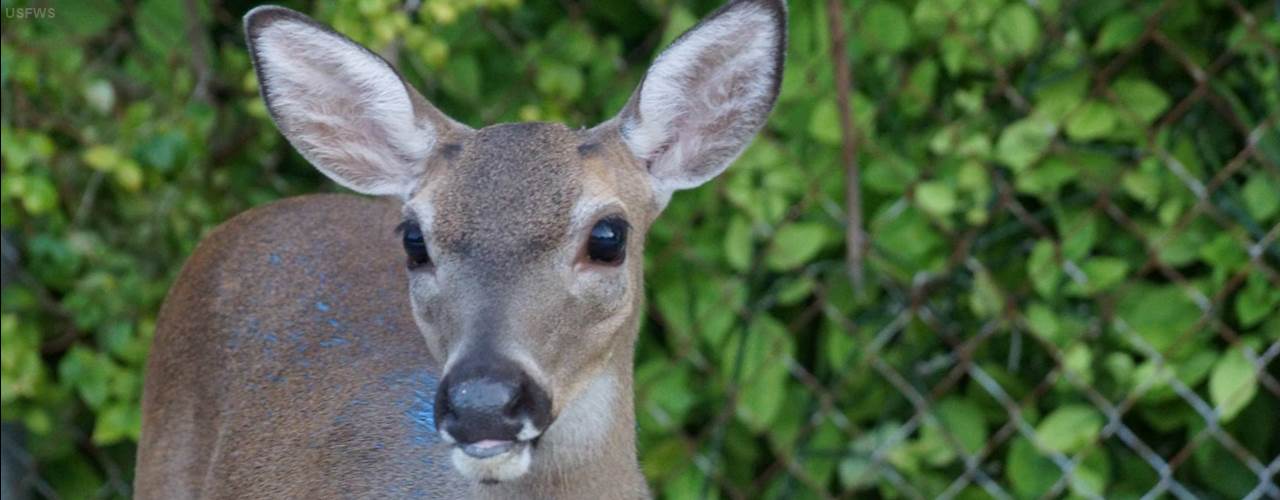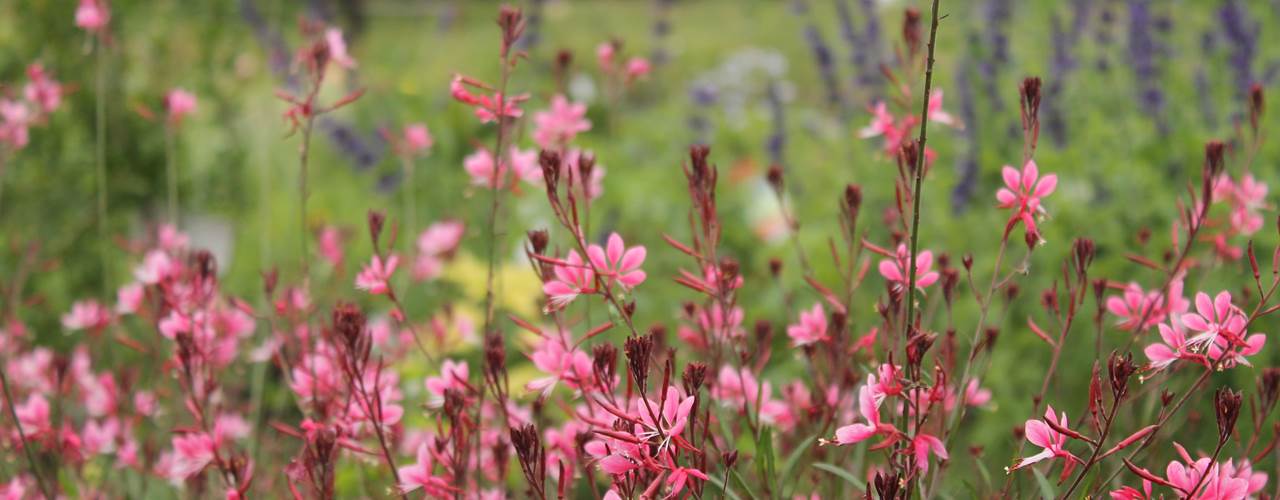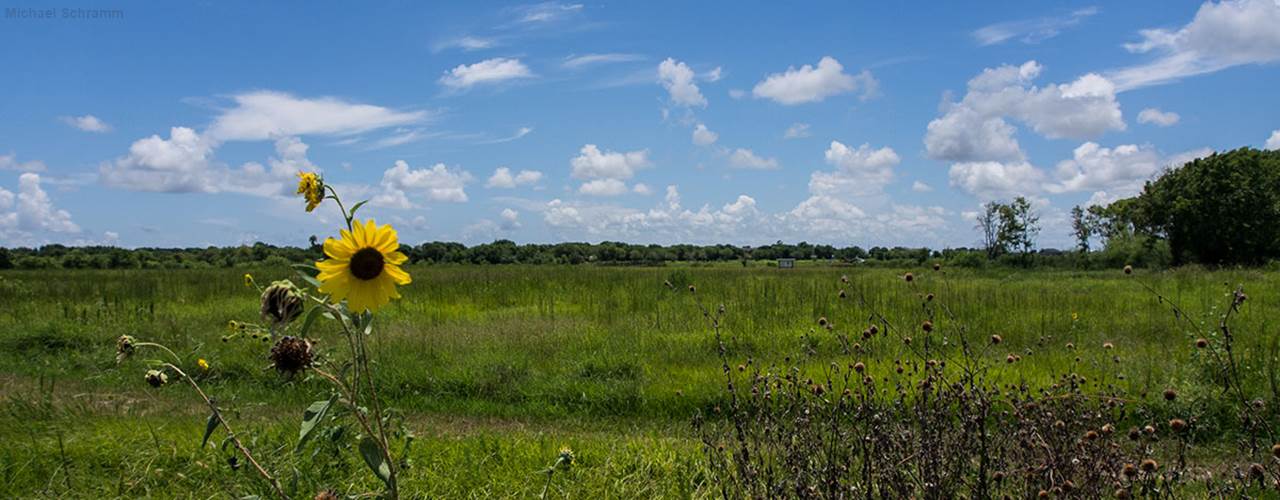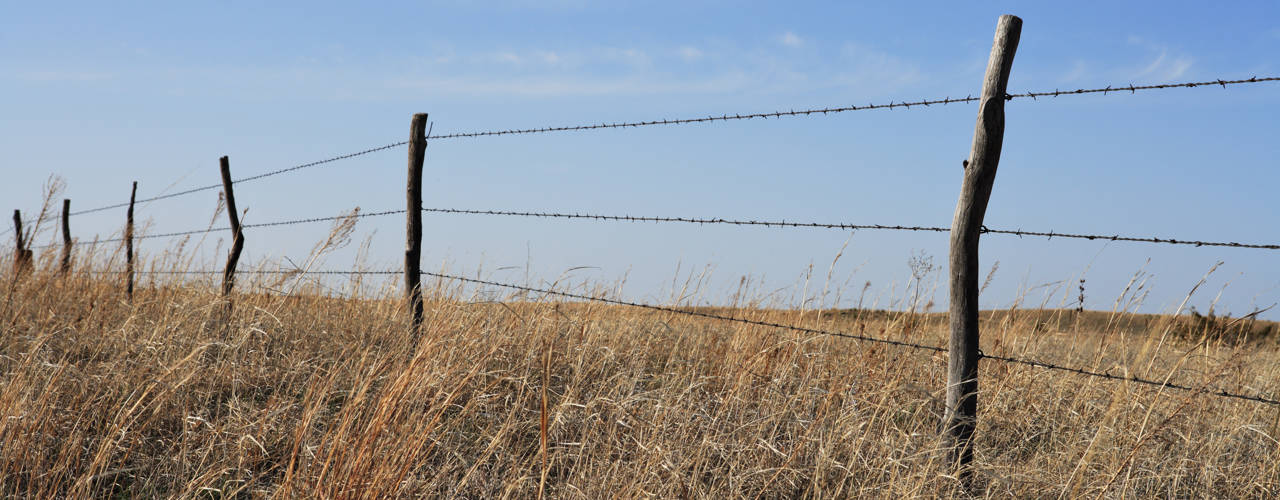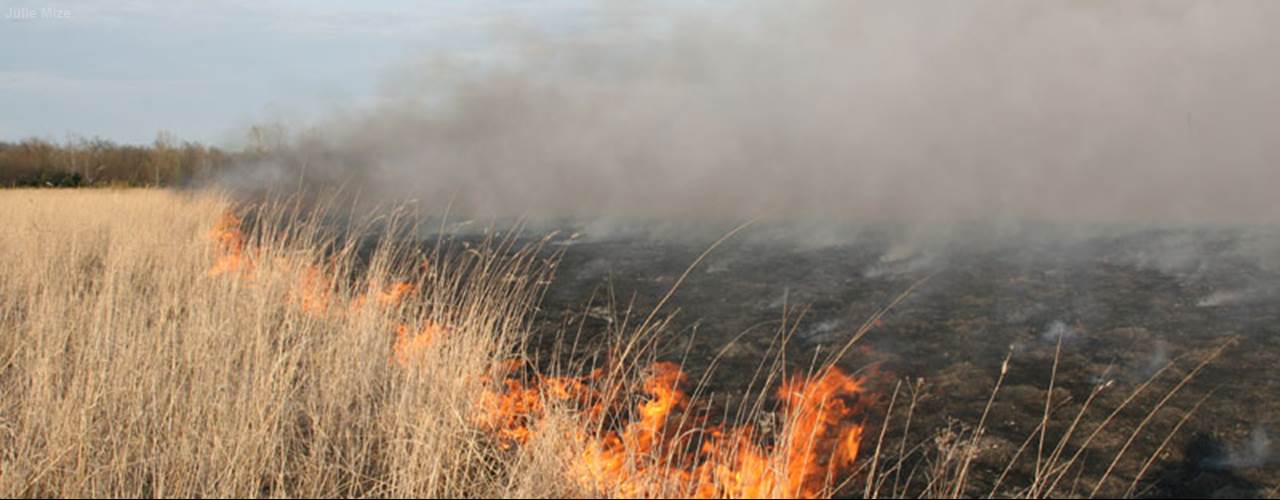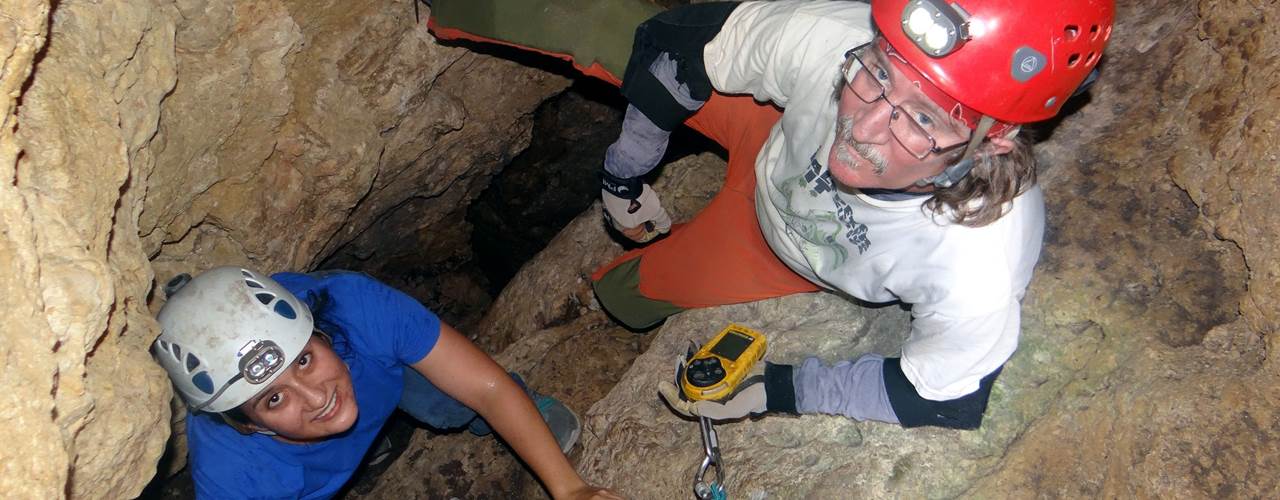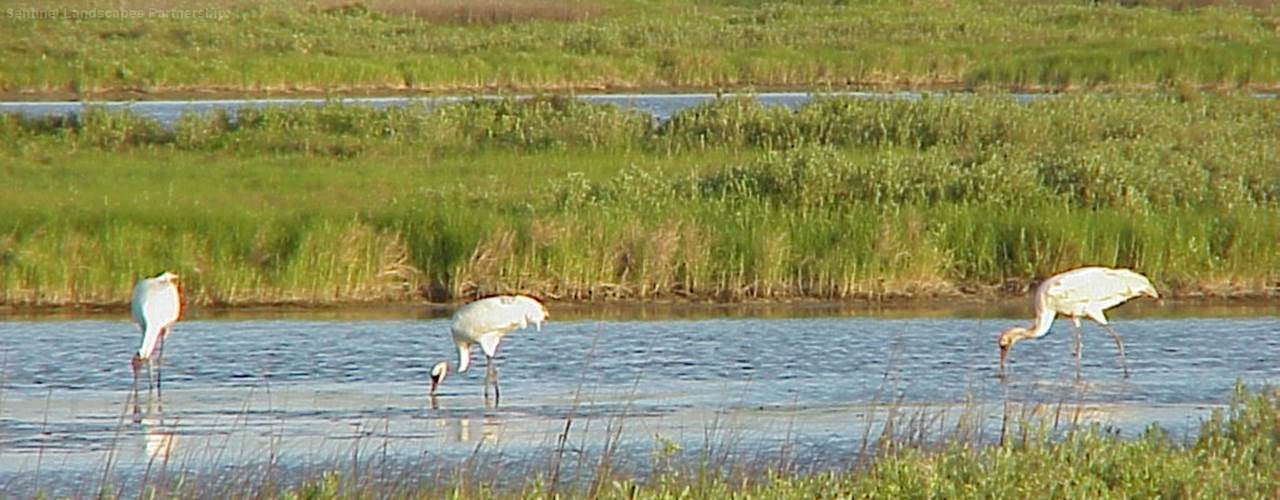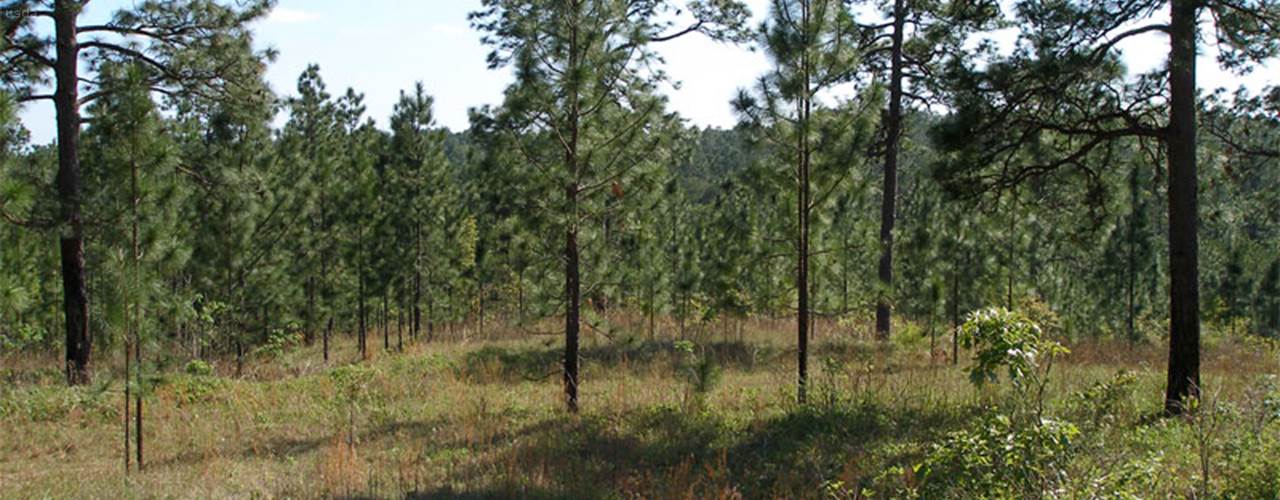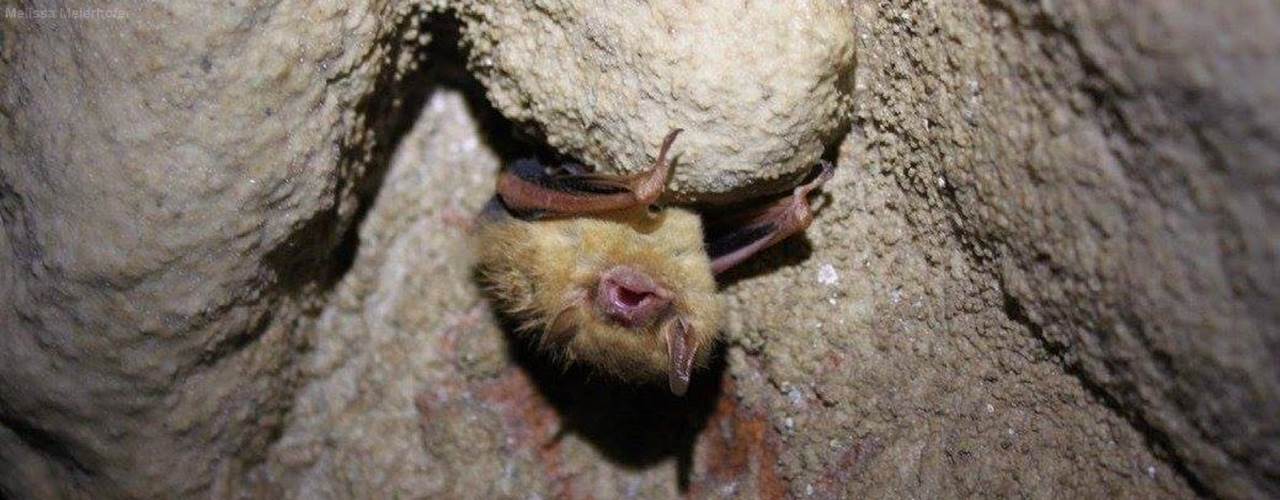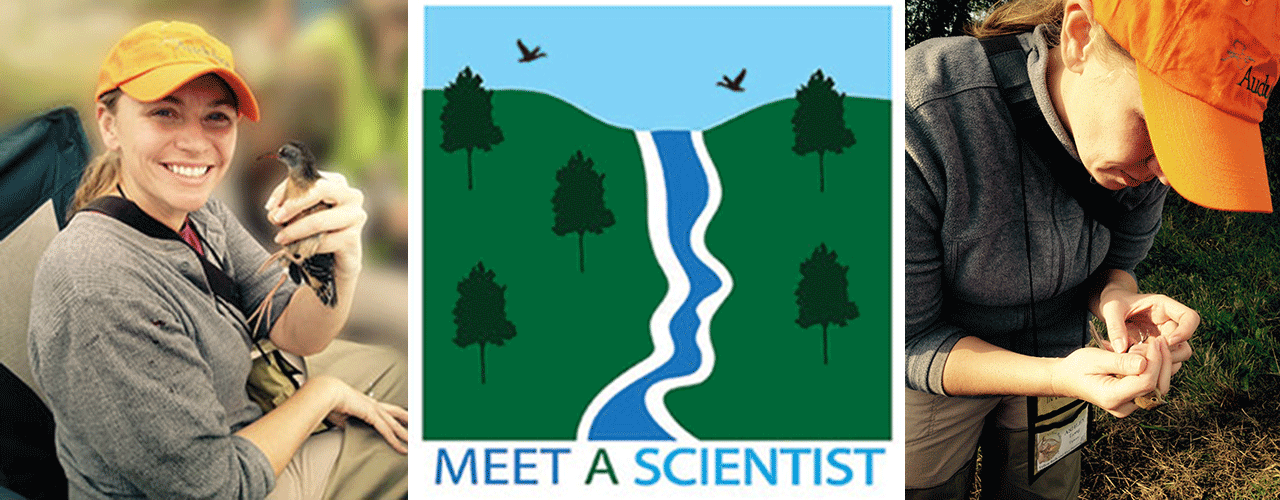While many people try to avoid snakes, a group of researchers are doing everything they can to find snakes, specifically the rare Louisiana pine snake.
The nonvenomous, 6-foot-long snake lives in gopher burrows, coming out only to go from one burrow to another or to mate. Its only habitat is the longleaf pine savannahs in eastern Texas and western Louisiana. But today, that habitat is almost gone, said Dr. Toby Hibbitts, a researcher at the Texas A&M Institute of Renewable Natural Resources (IRNR) and curator of amphibians and reptiles at the Biodiversity Research and Teaching Collections at Texas A&M.
Hibbitts is working with Dr. Wade Ryberg, another IRNR research scientist, and colleagues from the U.S. Department of Agriculture (USDA) Forest Service on the project.
“With the loss of habitat, populations are crashing in Texas and Louisiana,” Hibbitts said.
The snake’s numbers have never been that abundant, Hibbitts said. In fact, the snake was undiscovered until the 1920s.



